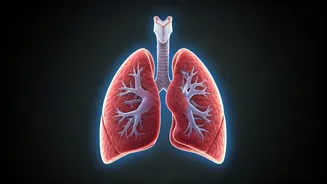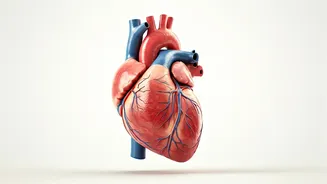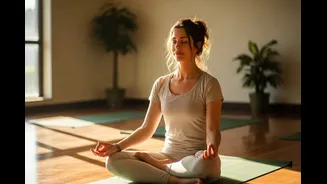Stress's Grip and Relief
Stress, a prevalent element of modern living, often overwhelms us, affecting both our mental and physical states. It can manifest as tension, difficulty
concentrating, and even physical ailments. However, recognizing the impact of stress is the first step toward effective management. The good news is that immediate relief is accessible through simple, yet powerful, breathing techniques. These methods offer a practical way to regain control and find inner calm. They are readily available and require no special equipment, making them accessible anytime and anywhere. Whether at home, in the office, or during a moment of travel, these techniques offer an immediate pathway to peace, enabling you to face your day with greater ease and resilience. The beauty of these methods lies in their simplicity, offering a tangible solution when you need it most.
The 4-7-8 Technique
One of the most effective methods to combat stress is the 4-7-8 breathing technique, which is praised for its immediate calming effects. This involves a straightforward process: Inhale deeply through your nose for a count of four, hold your breath for a count of seven, and exhale slowly through your mouth for a count of eight. This rhythm, which can be repeated several times, aids in calming the nervous system, thereby reducing anxiety and promoting relaxation. This method works by regulating the carbon dioxide levels in your blood, signalling to your brain that it is safe, effectively shutting down the fight or flight response. This technique is often described as a natural tranquilizer for the nervous system, helping you manage stress when facing a hectic schedule or difficult situation. Consistent practice makes the technique more effective, enabling you to regain a sense of equilibrium within minutes and reduce the intensity of stress as it arises.
Three Breathing Methods
To further explore relaxation techniques, it is essential to look at the three breathing methods that are most often recommended by experts. These methods emphasize the power of breath to reduce stress. The first, and often the most fundamental, is diaphragmatic breathing, also called belly breathing. This involves slow, deep breaths that engage the diaphragm, expanding the belly rather than the chest. It helps reduce shallow chest breathing, which is associated with increased stress and anxiety. The second method centers on paced breathing, where the breath is deliberately slowed down. This can be achieved by counting the length of each inhale and exhale or by using a guided visualization. The third method includes alternate nostril breathing, a technique originating from yoga that involves alternately blocking one nostril while inhaling and exhaling through the other. Each method has its own benefits; hence, it's beneficial to experiment to discover which aligns best with personal preferences and needs to manage stress effectively. Regular use of these techniques offers a simple way to cope with daily stress.











